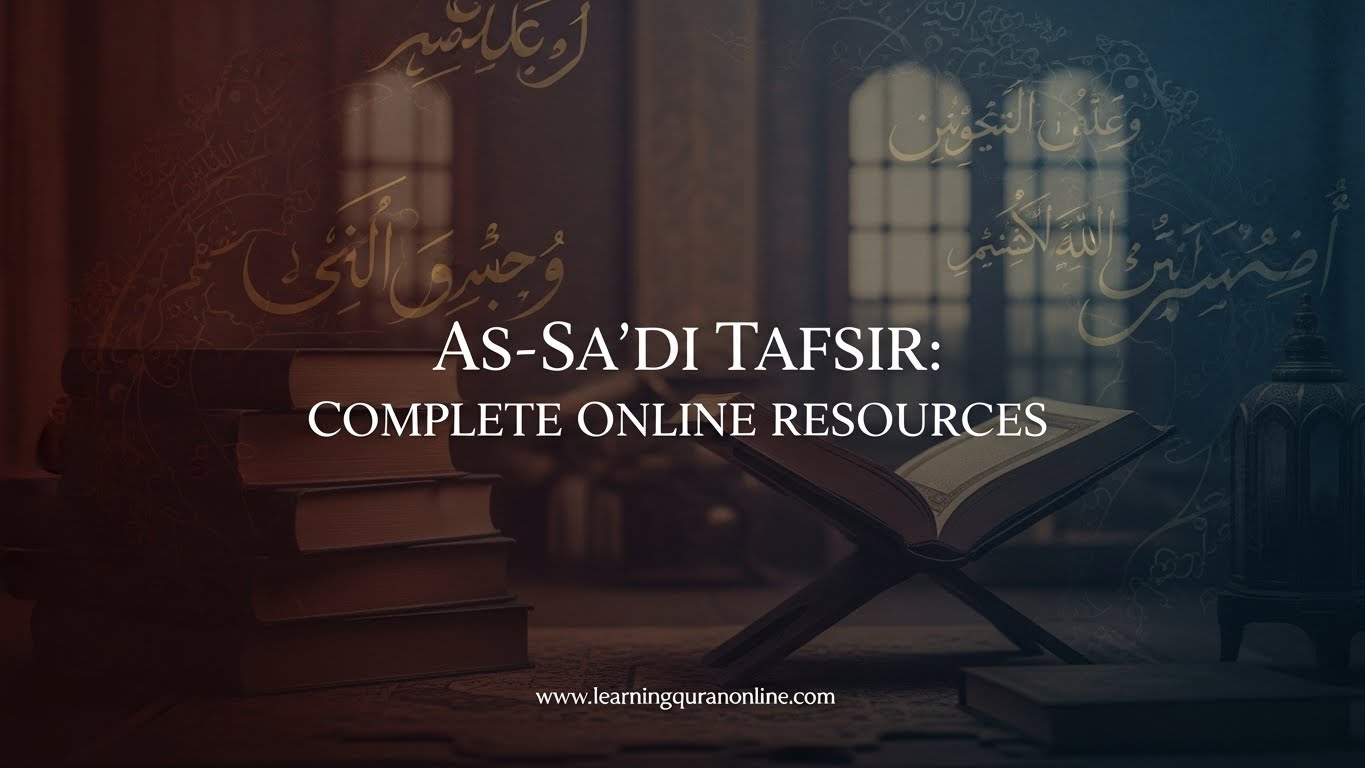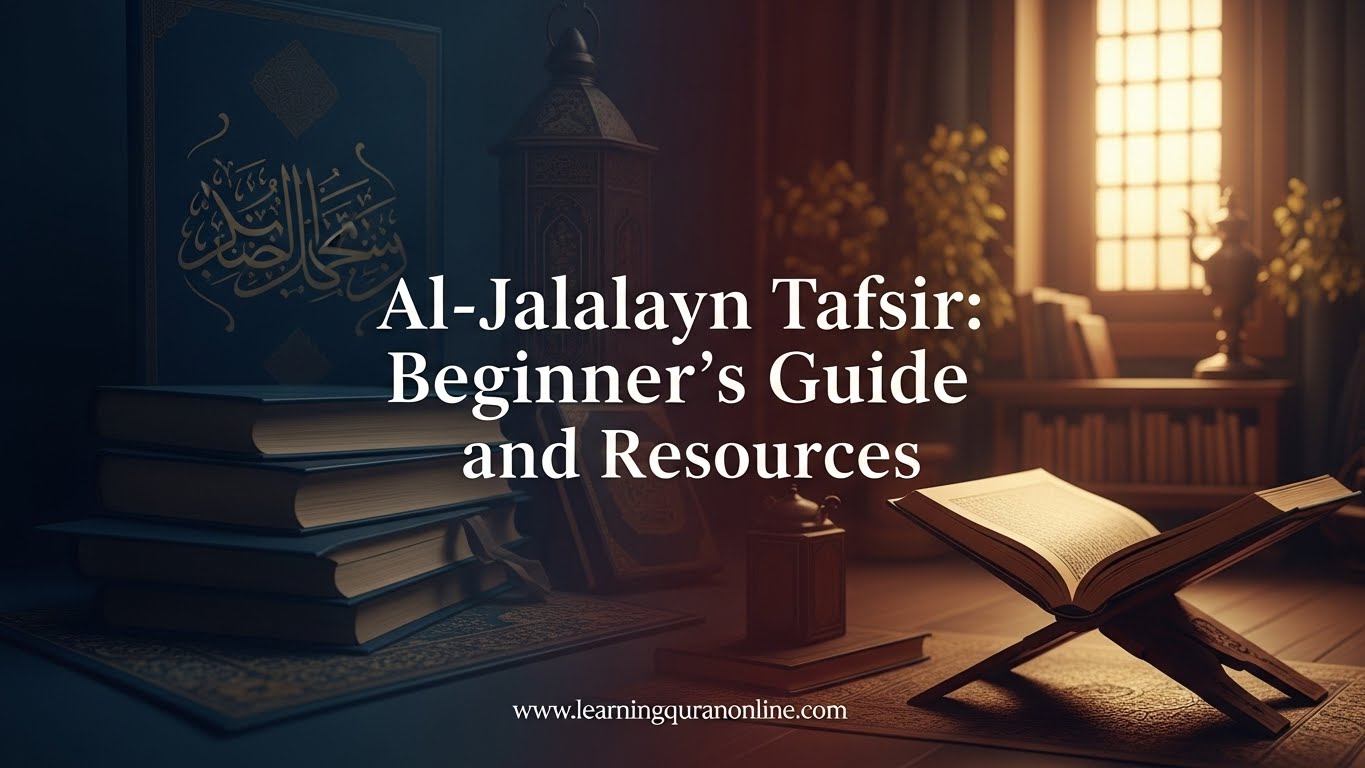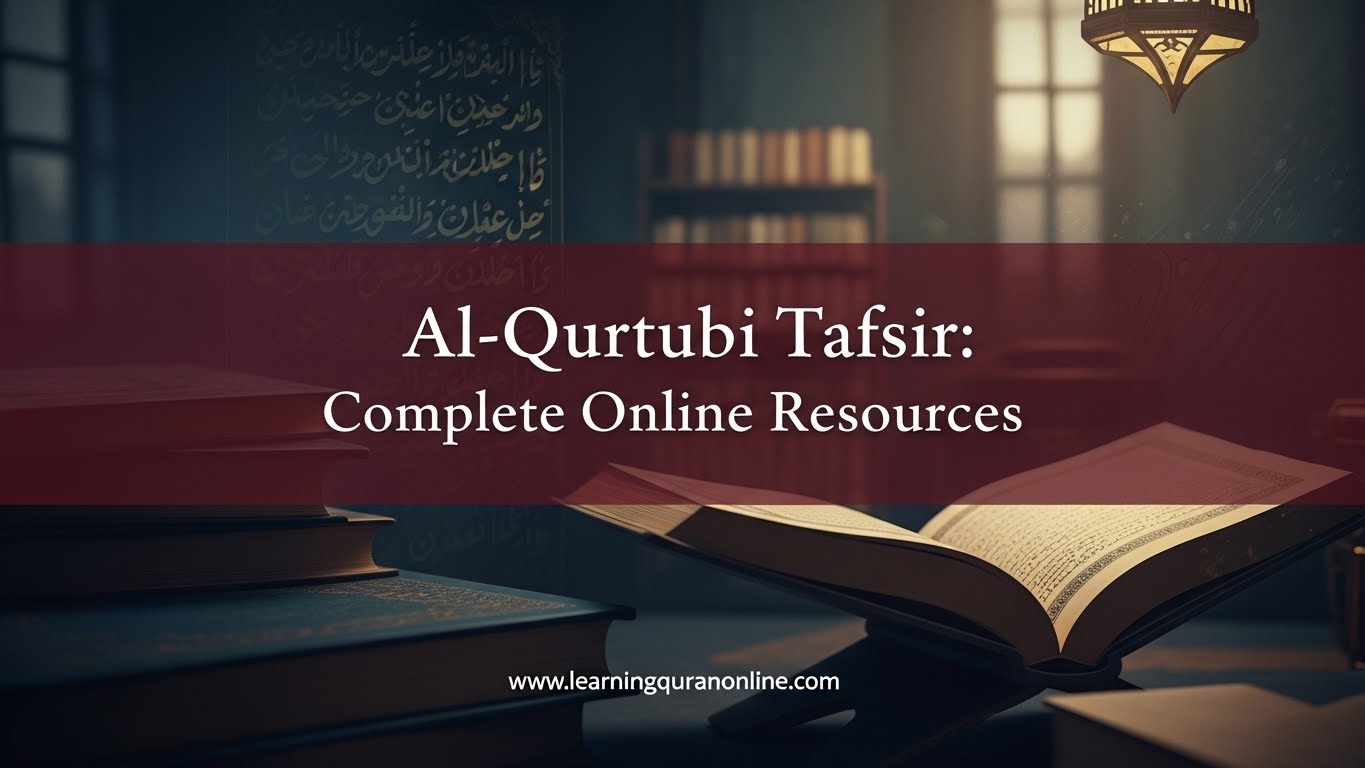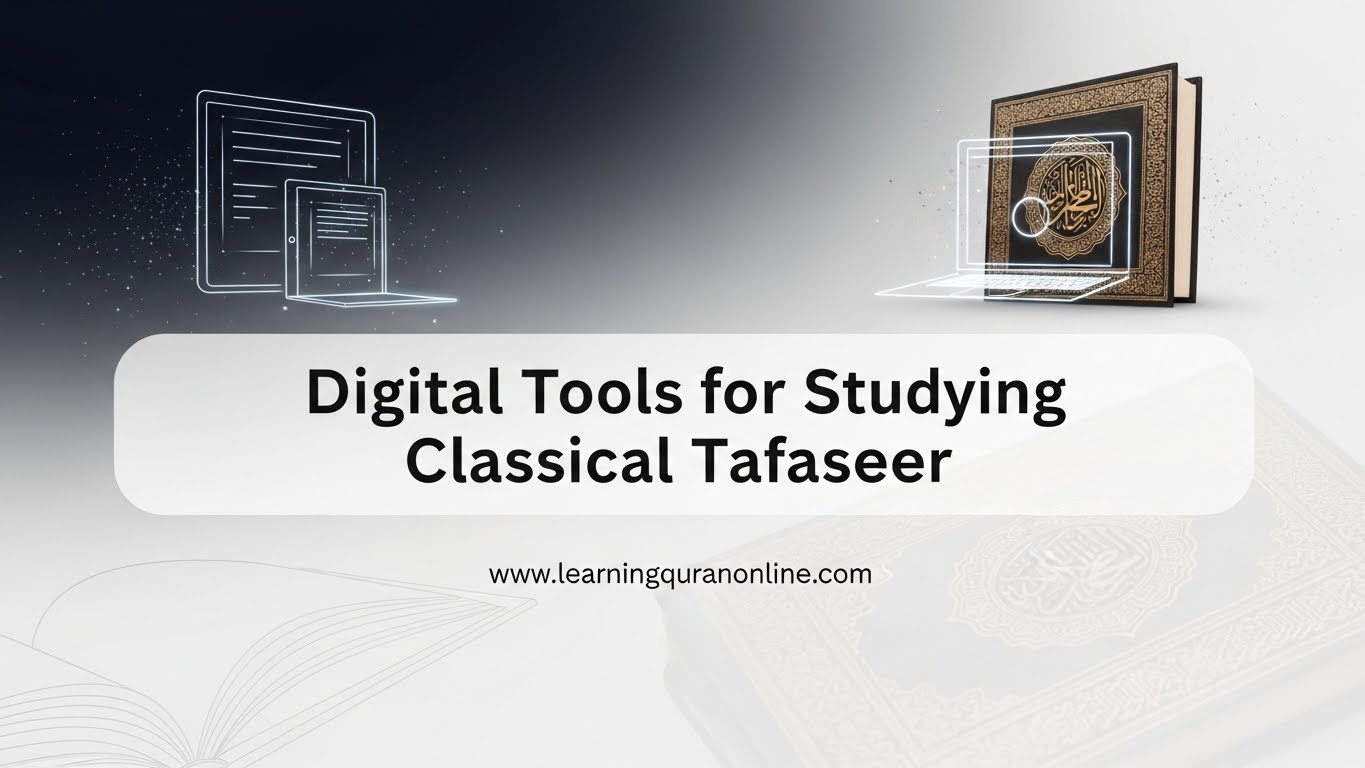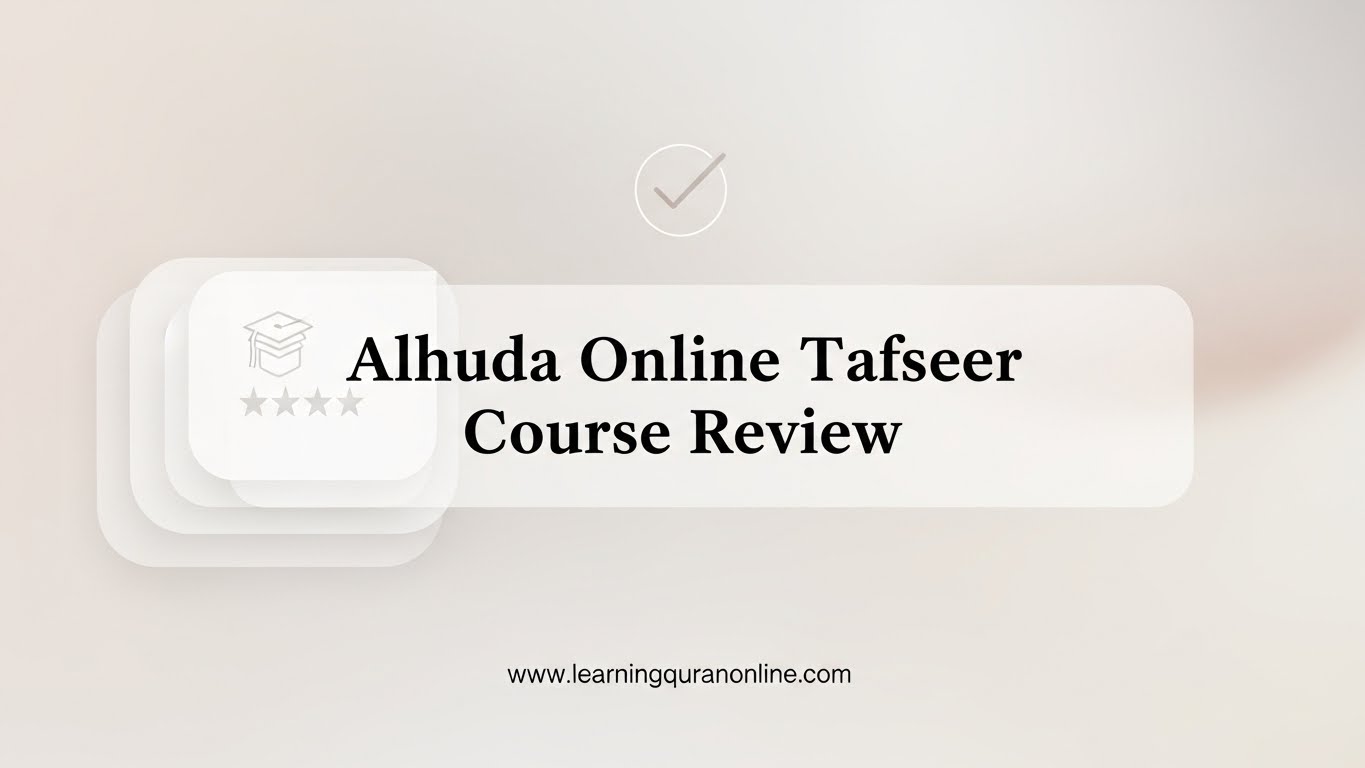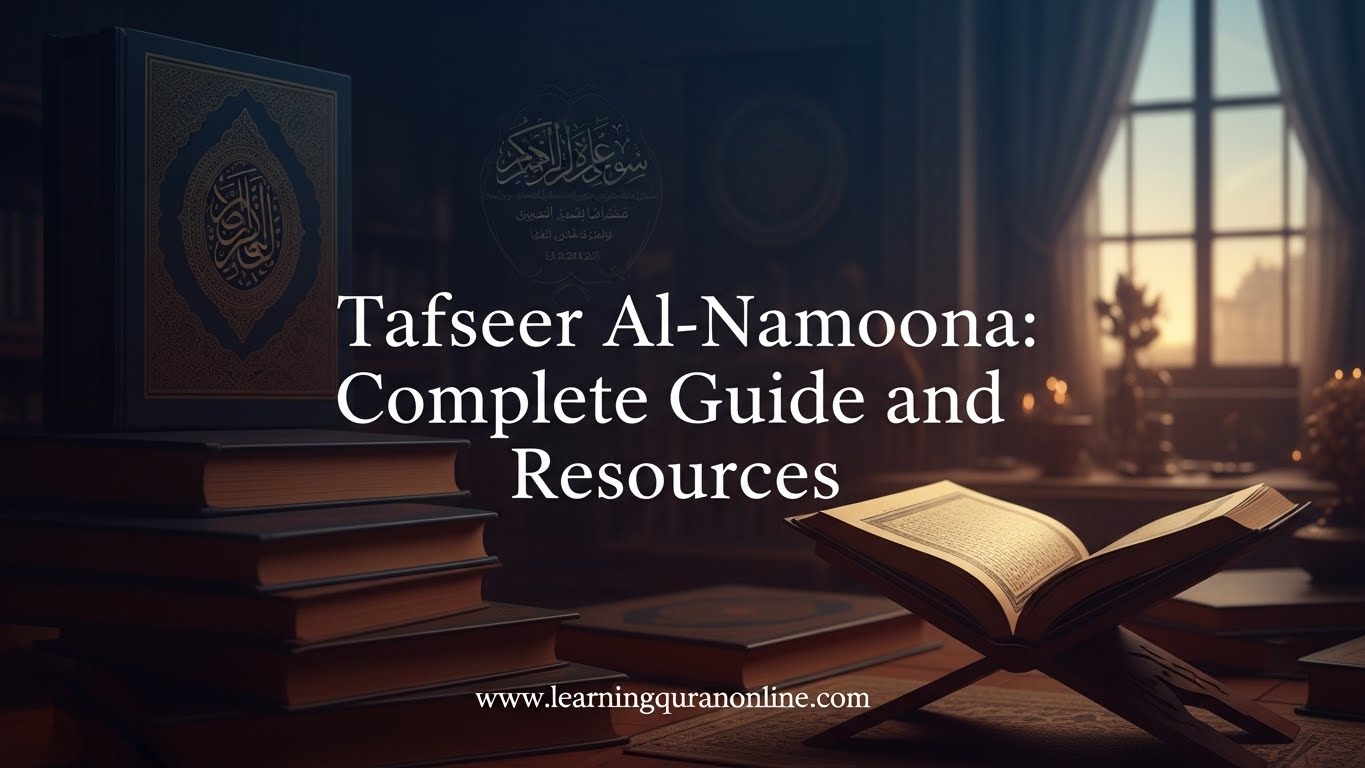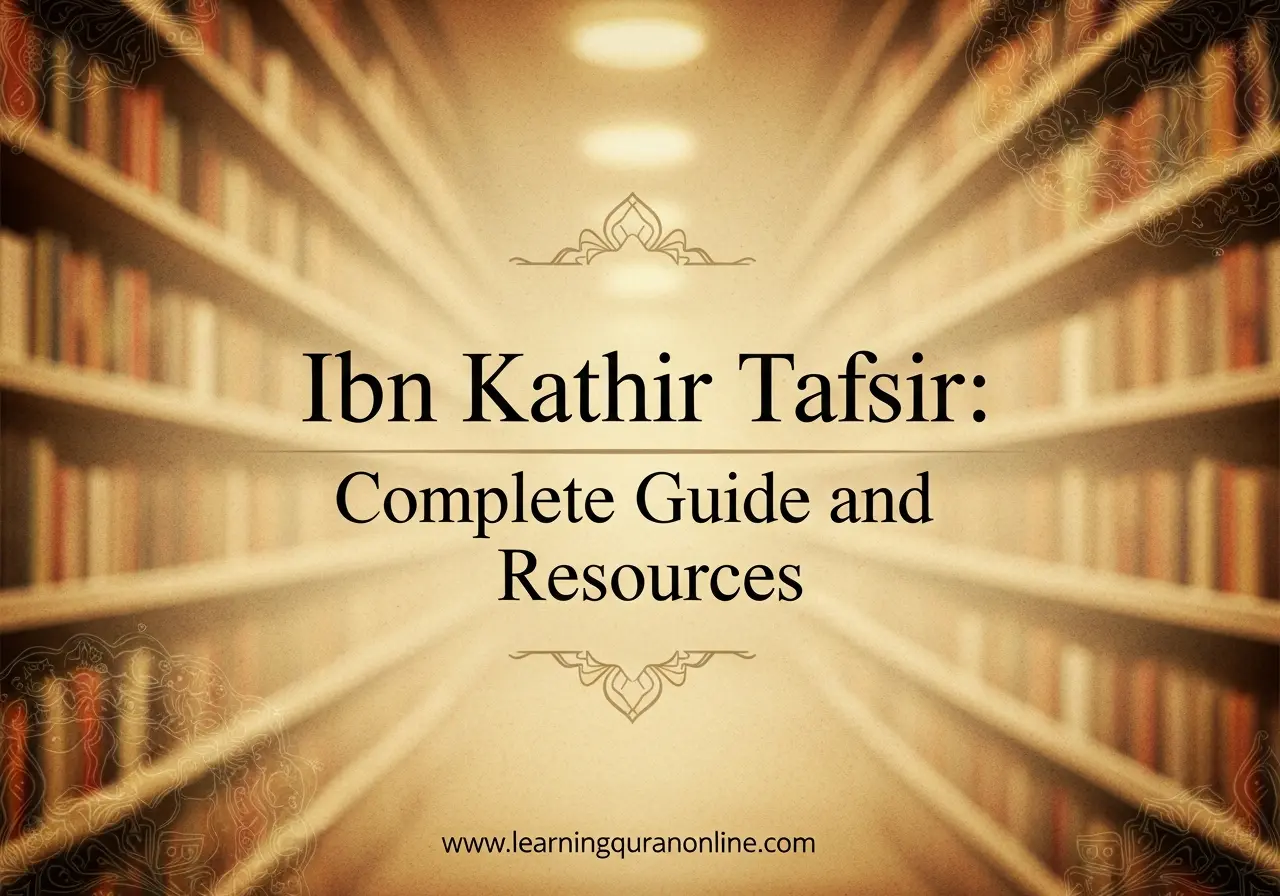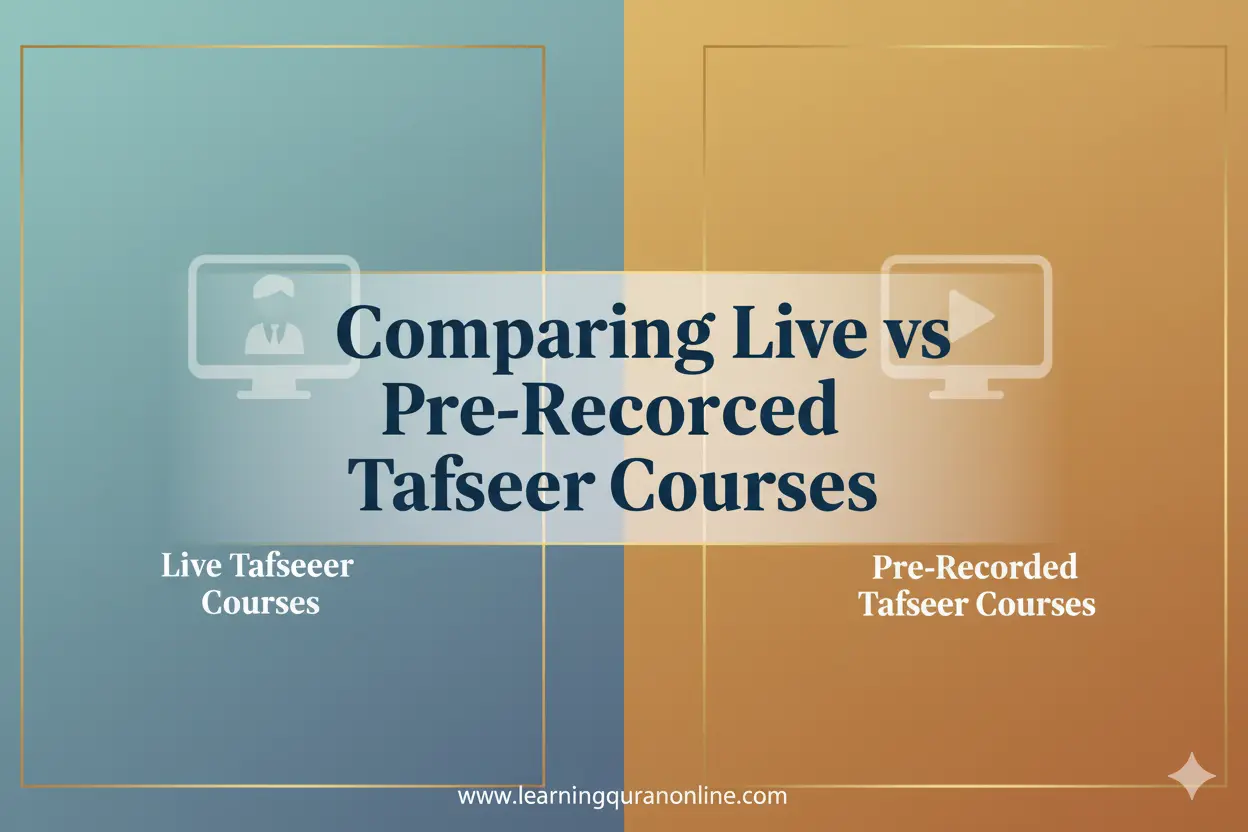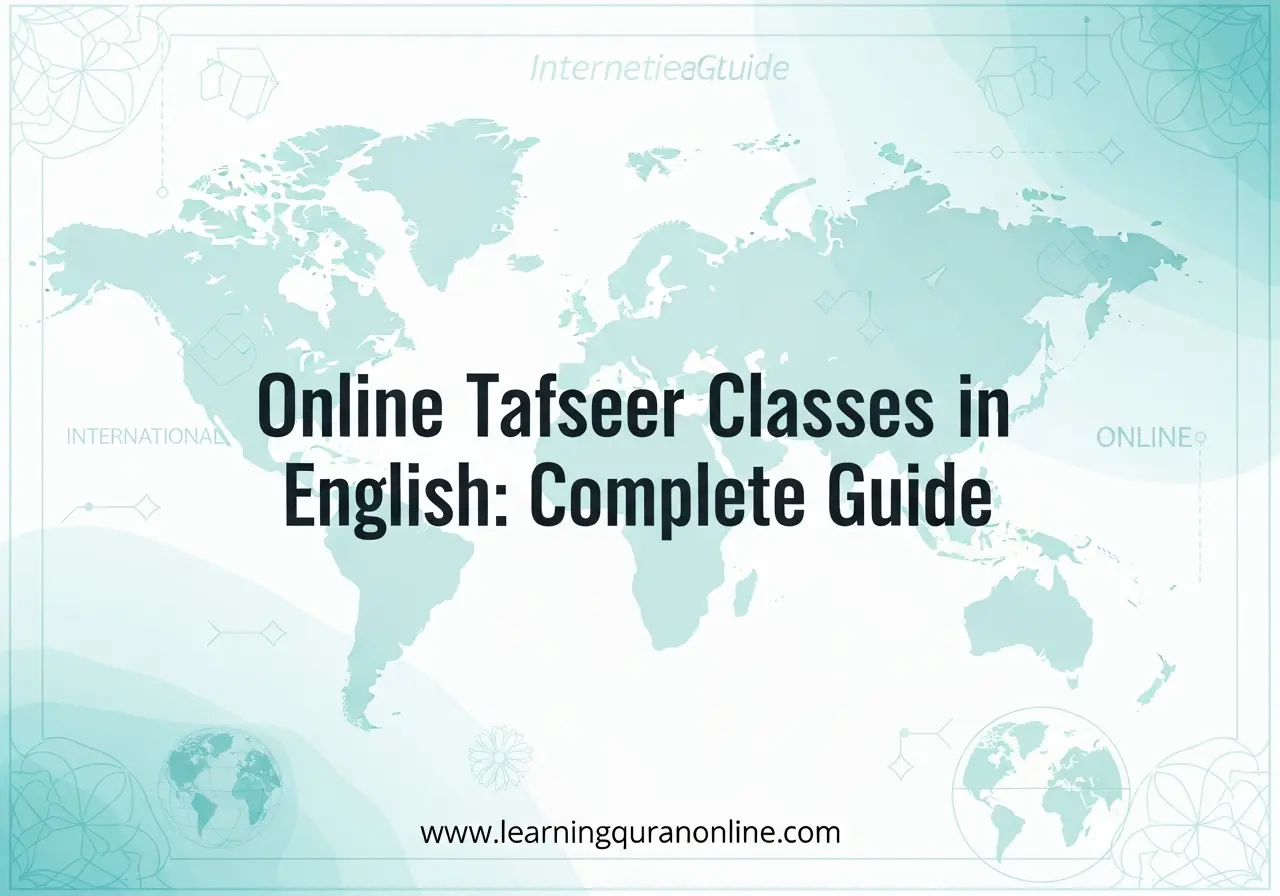Table of Contents
ToggleWhat is the Maariful Quran?
Maariful Quran (also written Maarif al-Quran) is a comprehensive tafsir originally authored in Urdu by the 20th-century scholar Mufti Muhammad Shafi Usmani. It provides verse-by-verse commentary, contextual explanations, and legal, theological, and ethical reflections. English translations and adaptations of Maariful Quran bring that commentary to a broader audience, combining translation accuracy with accessible commentary for non-Arabic speakers.
Why Choose the Maariful Quran English Translation?
There are many English translations and tafsir works available. Maariful Quran stands out for several reasons:
- Scholarly foundation: Rooted in classical sources and the author’s scholarly training, it references hadith, classical tafsir, and legal opinions.
- Balanced approach: It balances linguistic analysis with thematic and practical guidance, useful for both academic study and devotional reading.
- Accessibility: English renderings aim to preserve the nuances of Urdu commentary while making concepts understandable to contemporary readers.
- Topical breadth: It covers doctrinal, legal (fiqh), moral, and spiritual dimensions, making it a multi-purpose resource for Quranic interpretation.
Sahih International Quran Translation Guide
Key Features of the English Translation and Tafsir
Understanding the format and features of the Maariful Quran English translation helps you get the most out of it. Look for these elements in editions and online resources:
- Verse-by-verse translation: A close translation of the Arabic text allowing readers to follow the original structure.
- Contextual commentary: Explanations addressing Asbab al-Nuzul (occasions of revelation), historical background, and reasoned exegesis.
- Linguistic notes: Clarification of Arabic grammar, root meanings, and rhetorical devices where relevant.
- Comparative references: Citations from other classical tafsir (e.g., Ibn Kathir, Al-Tabari) and references to hadith literature.
- Practical applications: Sections that derive moral lessons, legal implications, and spiritual guidance (fiqh and aqeedah points).
How to Use the Maariful Quran English Translation Effectively
Reading a tafsir in translation is a different skill from reading an English translation alone. Here’s a study guide to maximize comprehension and retention:
- Start with the translation: Read the English rendering of the ayah (verse) first to get a literal sense.
- Read the tafsir commentary: Go through the explanatory notes to understand context, grammar, and implications.
- Take notes: Summarize key points in your own words — thematic insight, legal rulings, and moral takeaways.
- Cross-reference: Use other translations and tafsir works to see alternate readings and strengthen comprehension.
- Consult the Arabic: If possible, look at the Arabic text to observe rhetorical features, recurring words, and structure (even a basic familiarity helps).
- Apply thematic study: Group verses by theme (e.g., mercy, law, stories of prophets) to study coherence (nazm) across surahs.
- Reflect and memorize: Combine study with memorization and personal reflection to internalize lessons.
Understanding Tafsir Elements in Maariful Quran
Tafsir works like Maariful Quran include several recurring elements that guide interpretation. Familiarity with these will improve your reading:
- Asbab al-Nuzul: Background reasons for revelation that clarify why a verse was revealed.
- Lexical analysis: Examination of Arabic root words and semantic fields to clarify nuanced meanings.
- Hadith authentication: Use of prophetic traditions to support contextual meaning — noting authenticity when relevant.
- Legal reasoning: When verses have jurisprudential implications, tafsir explains how jurists derived rulings.
- Thematic coherence: Discussion of how verses relate to broader surah themes and structural unity.
Maulana Muhammad Ali Quran Translation: Complete Review
Common Challenges When Using English Tafsir and How to Overcome Them
English readers often face predictable difficulties when using a translated tafsir. Here are common issues and practical solutions:
- Literalism vs. meaning: Literal translation can obscure intent. Solution: prioritize commentary and contextual notes that explain idioms and rhetorical devices.
- Terminology confusion: Arabic theological and legal terms may be untranslated or inconsistently translated. Solution: keep a glossary of key terms (taqwa, ijma, qiyas, abrogation/naskh).
- Overreliance on one tafsir: No single work covers every interpretive angle. Solution: cross-check with other translations and classical tafsir to gain balance.
- Dense scholarly language: Academic notes can be heavy. Solution: break readings into short sessions and summarize each section in simple language.
- Contextual gaps: Western readers may lack background in Quranic sciences. Solution: learn basic principles of tafsir, hadith sciences, and fiqh through introductory resources or courses.
Comparing Maariful Quran with Other English Tafsir and Translations
Choosing a tafsir often depends on study goals. Here’s how Maariful Quran compares with common alternatives:
- Literal translations (e.g., Yusuf Ali, Pickthall): These focus on English readability of the Arabic but may lack deeper commentary. Maariful offers richer exegesis.
- Contemporary explanatory translations (e.g., Abdullah Yusuf Ali’s notes, The Clear Quran): These prioritize flow and explanation; Maariful complements them with classical references and legal notes.
- Classical tafsir translations (e.g., Tafsir Ibn Kathir): These provide traditional sources; Maariful synthesizes classical opinions with modern clarity and language suitable for English readers.
Practical Study Plan Using Maariful Quran English Translation
Below is a simple weekly plan to integrate Maariful Quran into a systematic study routine:
- Day 1 — Read and Translate: Read the Arabic and English translation of a short passage (one or two pages).
- Day 2 — Tafsir Session: Read Maariful commentary for those verses and take notes on context and key points.
- Day 3 — Cross-reference: Consult one other tafsir or translation for comparison and make margin notes.
- Day 4 — Vocabulary & Grammar: List new Arabic words and learn their roots and usage.
- Day 5 — Reflection & Application: Reflect on moral and practical lessons and write one paragraph on how to apply them.
- Day 6 — Memorization: Memorize short verses or revise previously memorized sections.
- Day 7 — Review & Teach: Review notes and explain the main points to a study partner or record a short audio summary.
Comparison of Popular Quran Translations
Digital and Classroom Resources
Many editions of Maariful Quran English translation are available in print and online. For learners, consider the following:
- Official bilingual editions that include Arabic, transliteration, and English commentary.
- Searchable online platforms and apps that allow keyword search, cross-references, and bookmarking.
- Structured online courses and study circles that pair a teacher with the text for guided tafsir sessions — for instance, some Online Quran Learning Academy providers include guided Maariful Quran study modules. If you want a recommendation, Learning Quran Online offers structured lessons suitable for English-speaking students.
- Supplementary works on Quranic sciences (usul al-tafsir) to strengthen your foundational knowledge.
Conclusion — Making Maariful Quran Part of Your Quranic Journey
Maariful Quran English translation is a valuable resource that combines traditional scholarship with accessible commentary for modern readers. Whether your goal is to deepen your faith, gain legal and theological insights, or pursue academic study, Maariful provides layered guidance that rewards patient and structured study. Use the study tips above to avoid common pitfalls, cross-reference with other tafsir works, and integrate memorization, reflection, and practical application into your routine.
Approaching the Quran with a reliable translation and tafsir like Maariful Quran enhances comprehension and develops a richer relationship with the text. Start small, remain consistent, and seek community or instructor support when needed — the journey of understanding the Quran is gradual, rewarding, and transformative.


